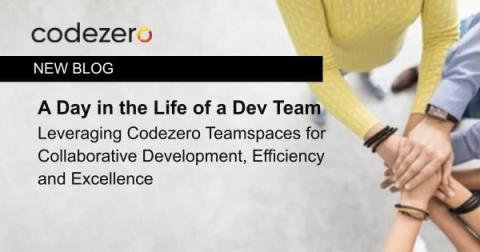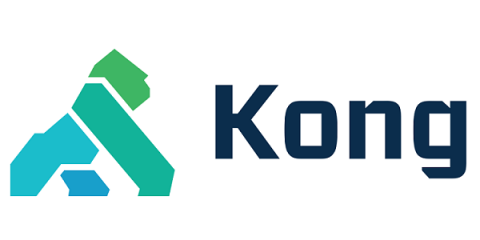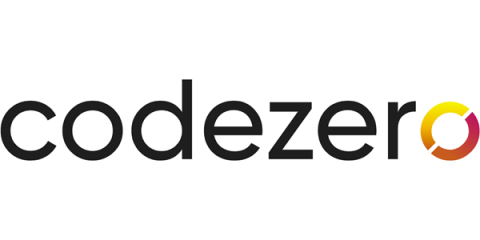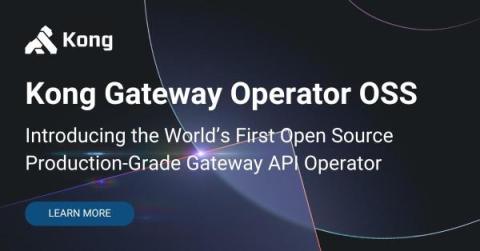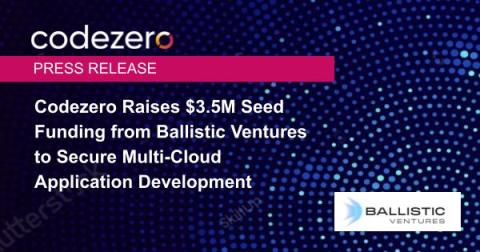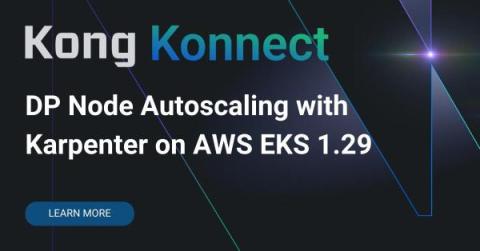A Day in the Life of a Dev Team: Leveraging Codezero Teamspaces for Collaborative Development, Efficiency and Excellence
Dev Teams rely on their Dev Leaders and DevOps to fill a crucial role, bridging the gap between development and operations to ensure smooth workflows in the fast-paced world of software development. This role requires not only technical expertise but also the ability to navigate team dynamics and project management challenges. Enter Codezero Teamspaces, a tool essential for modern Dev Teams fostering collaborative development.


